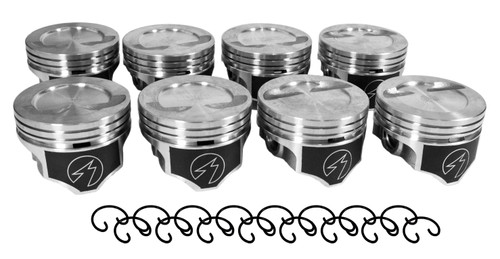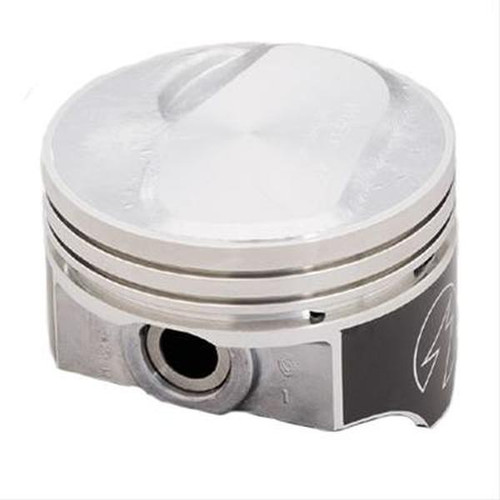-
Sealed Power
Part #: H859CP
4 bore Dished 383 Stroker Pistons H859CP Sealed Power Must be ordered in sets only.
Engine Make: Sealed Power$27.46 -
Sealed Power
Part #: H860CP
4.00 Bore Flattop Stroker Pistons H860CP Sealed Power must order 8
Engine Make: Sealed Power$26.35 -
Sealed Power
Part #: H859CP20
4.020 bore Dished 383 Stroker Pistons H859CP20 Sealed Power Must be ordered in sets only.
Engine Make: Sealed Power$27.46 -
Sealed Power
Part #: H860CP20
4.020 bore Stroker Flattop Pistons H860CP20 Sealed Power must order 8
Engine Make: Sealed Power$26.35 -
Sealed Power
Part #: H859CP30
4.030 bore Dished 383 Stroker Pistons H859CP30 Sealed Power Must be ordered in sets only.
Engine Make: Sealed PowerWas:$27.46$24.95 -
Sealed Power
Part #: H860CP30
4.030 bore Stroker Flattop Pistons H860CP30 Sealed Power must order 8
Engine Make: Sealed PowerWas:$26.35$23.75 -
Sealed Power
Part #: H860CP60
4.060 bore Stroker Flattop Pistons H860CP60 Sealed Power must order 8
Engine Make: Sealed Power$26.35 -
$34.81
-
$34.81
-
$24.65
-
$24.65
-
$30.49









